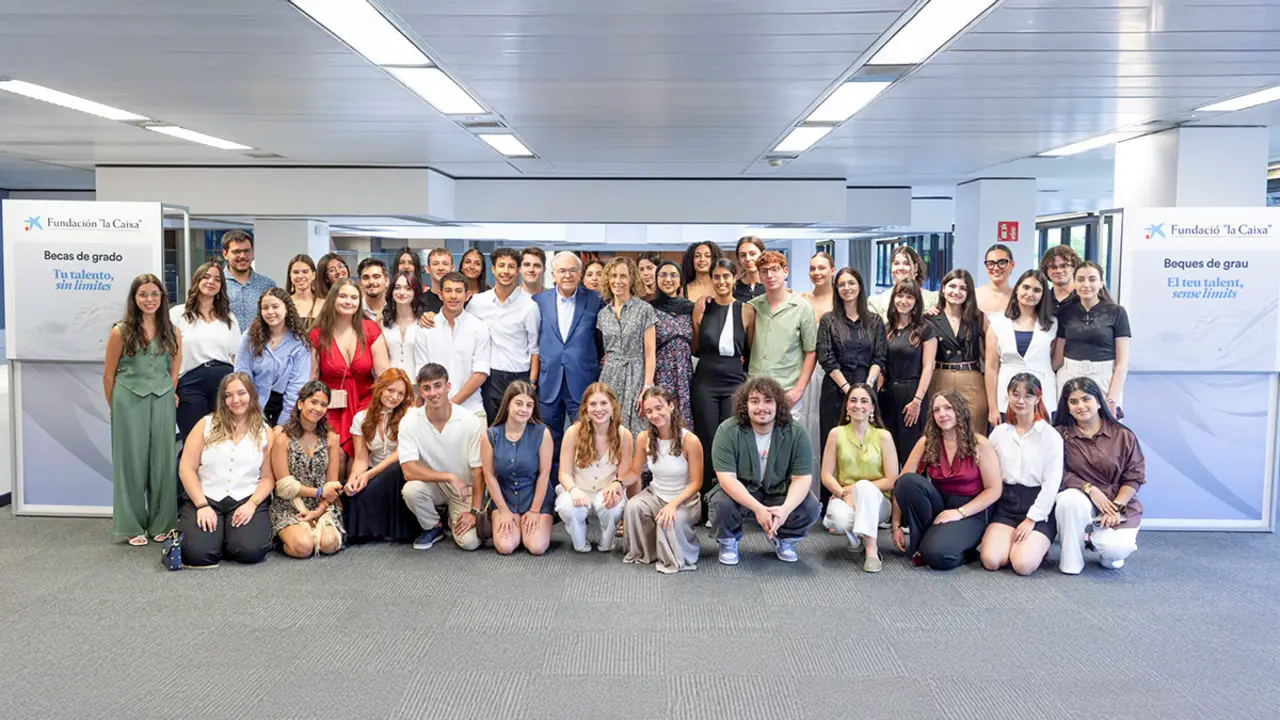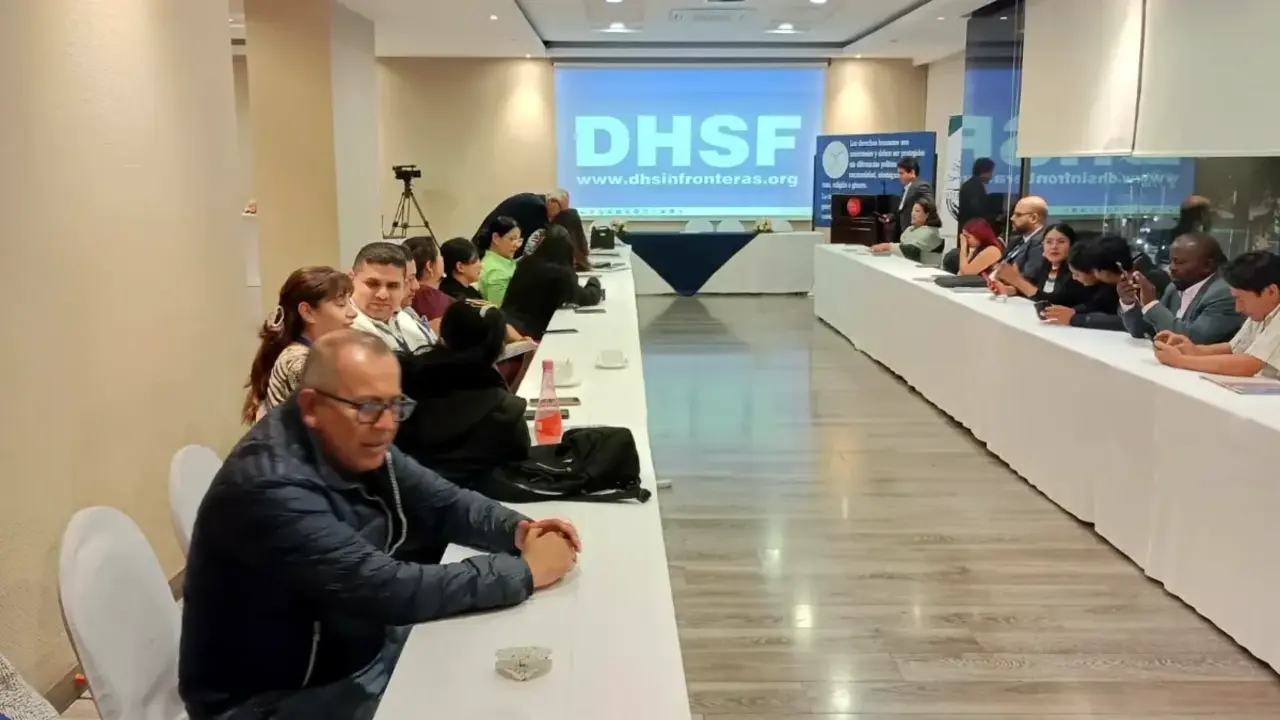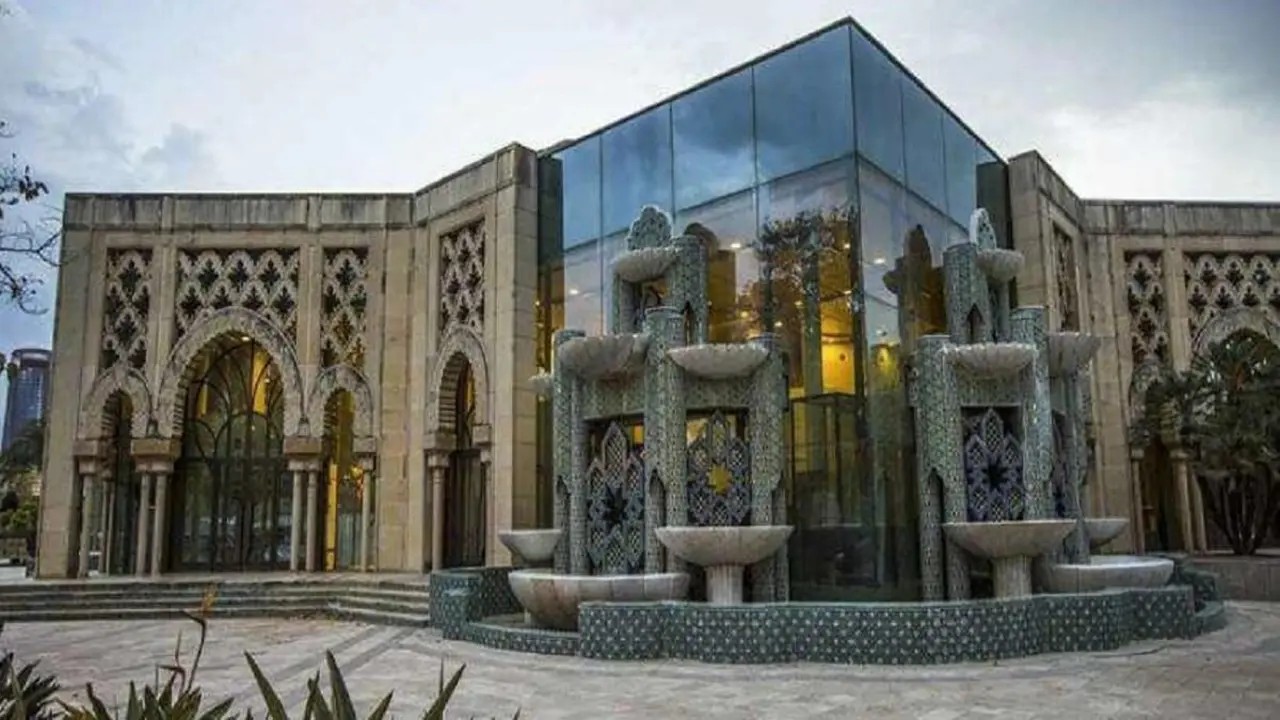You may say I’m a dreamer

The story begins in June 2012, when the Obama administration launches an immigration relief program for undocumented youth called DACA (Deferred Action for Childhood Arrivals). It is a policy measure to protect undocumented immigrants known as dreamers, who had come to the United States with their families in an irregular manner when they were still children, and who had been raised and educated in the United States, from deportation. The programme affects 787,000 young people, protecting them from deportation and providing them with a temporary residence permit (renewable every two years and allowing them to work, study or enter the military), a driver's licence and a Social Security number.
The second chapter of this story is led by President Donald Trump who announced in September 2017 that he would end this program within six months (in March 2018). This implied that, in that period of time, Congress should propose an alternative to the beneficiaries of the program. The announcement had a particular impact on Mexico, as a very large proportion of the young migrants in the DACA (618,000) had been born in that country. Furthermore, as early as September 2017, the State of California, home to more than 200,000 young people included in the immigration relief programme, filed a federal lawsuit against the Trump Administration, considering the closure of DACA unconstitutional and illegal.

President Trump's decision, seen from a perspective of time, sought to turn the dreamers' stay in the United States into a bargaining chip to promote more restrictive immigration policies and, specifically, to obtain funding for his most symbolic measure in this area: the construction of a fence on the U.S.-Mexico border. In late February 2018, days before the deadline set by Trump, the U.S. Supreme Court refused to rule on the future of the DACA, indirectly providing protection to the dreamers indefinitely and leaving the case to the lower courts to continue.
Throughout this period, California and New York state courts and the District of Columbia court ruled in favor of continuing the program. The Washington court's decision (in April 2018) also forced the Government to accept new petitions, which in practice meant that the DACA remained intact despite Trump's decision to terminate it.

Chapter three. In June 2019, the U.S. Supreme Court announces that it will rule on whether President Donald Trump can cancel the DACA. The case hearing begins in November and the decision is announced for the summer of 2020, in the final stretch of the term and on the verge of the presidential election campaign.
The story ends (for the moment) on June 18, when the U.S. Supreme Court rejects by a slim majority (five votes to four) the Trump Administration's arguments that the DACA is illegal and, therefore, that the program should be abolished. The ruling points to the arbitrariness of this Administration's actions, but does not definitively protect the program and leaves the door open to future requests for suspension, as it also indicates that the government's initiatives have not violated the Constitution's equality protection clause. In this regard, President Trump announced on his Twitter account, the day after the decision was announced, that he would again submit to the Supreme Court an improved proposal to abolish the DACA. It is now up to the Court to decide whether or not it will address this issue again, but that will not be before the fall...
Luis Guerra, Professor of Spanish Language at the European University of Madrid, is one of the main researchers of the INMIGRA3-CM project, funded by the Community of Madrid and the European Social Fund.








